Gaza, Jan 06, (V7N) - The Gaza Strip, a densely populated area home to over 2.3 million Palestinians, continues to face one of its darkest chapters in history. Over the past three days, Israeli airstrikes have killed more than 200 Palestinians, most of whom were women and children, according to reports from Al Jazeera on Sunday. This surge in violence highlights the region's long-standing conflict, exacerbating the humanitarian crisis that has plagued Gaza for decades.
A History of Conflict
The roots of the Gaza conflict trace back to the mid-20th century, following the establishment of the state of Israel in 1948 and the subsequent displacement of hundreds of thousands of Palestinians. The Gaza Strip came under Egyptian control after the Arab-Israeli war of 1948 but was captured by Israel during the Six-Day War in 1967. Since then, the area has been at the center of intense disputes, with Israel maintaining a blockade since 2007, when Hamas gained control of the territory.
The blockade has severely restricted movement, access to resources, and economic opportunities, turning Gaza into what many describe as an "open-air prison." Repeated escalations between Hamas and Israeli forces have resulted in numerous civilian casualties, with each cycle of violence leaving the region in deeper despair.
The Recent Escalation
The current wave of violence began amid ongoing ceasefire negotiations. On Sunday, Israeli forces conducted airstrikes targeting residential areas in Gaza City, including the home of the Al-Ghoul family. The attack killed 17 members of the family, all of whom were civilians. Ahmed Ayan, a neighbor, described the horror, stating, "All those killed were civilians, women, and children. No one here was launching missiles or affiliated with resistance forces."
Rescue teams have been working tirelessly to retrieve bodies from the rubble. Among the deceased were multiple children whose lifeless forms painted a grim picture of the war’s toll on the innocent.
Israeli Claims vs. Ground Reality
The Israeli military claims to have conducted over 100 airstrikes in the past two days, targeting what it describes as "militant sites." However, on-ground evidence and accounts from survivors challenge this narrative, revealing widespread destruction of civilian homes and the deaths of non-combatants.
A Region in Crisis
The current escalation further deepens the humanitarian crisis in Gaza. The blockade has already limited access to basic necessities like clean water, electricity, and medical supplies. With the ongoing violence, the situation has reached critical levels, prompting international calls for restraint and humanitarian aid.
Global Reactions
The international community remains divided on the issue. While some nations support Israel’s right to self-defense, others have condemned the disproportionate use of force and the resulting civilian casualties. The United Nations and humanitarian organizations have repeatedly urged for an immediate ceasefire and a long-term resolution to the conflict.
The Road Ahead
As the death toll continues to rise, the Gaza Strip faces an uncertain future. The lack of a durable peace agreement, coupled with decades of mistrust and violence, ensures that the cycle of bloodshed will persist without significant international intervention and reconciliation efforts.
This tragic episode serves as a reminder of the urgent need for a comprehensive solution to the Israeli-Palestinian conflict, one that respects the rights and dignity of all people involved.
END/AJ/SMA/



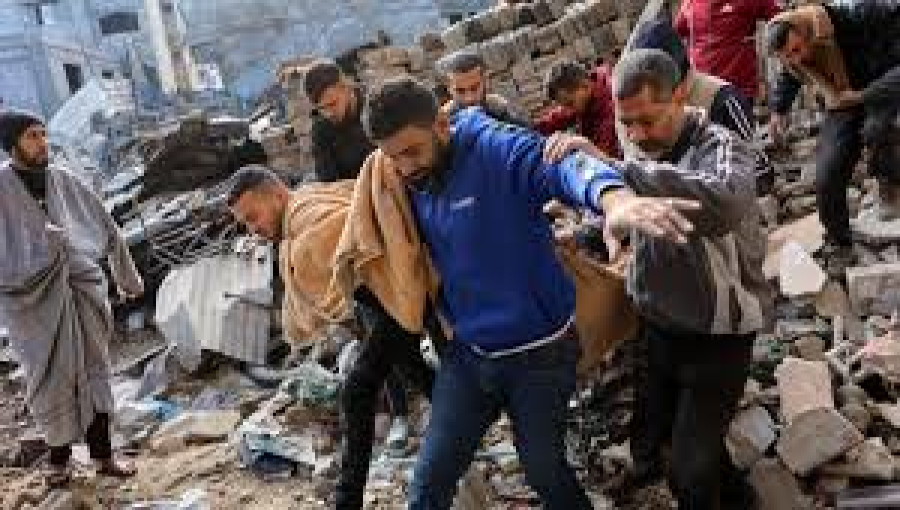
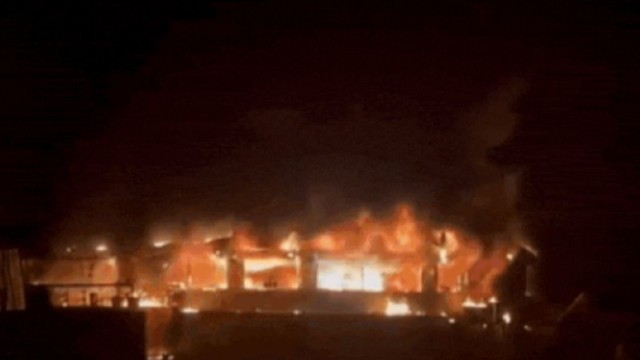
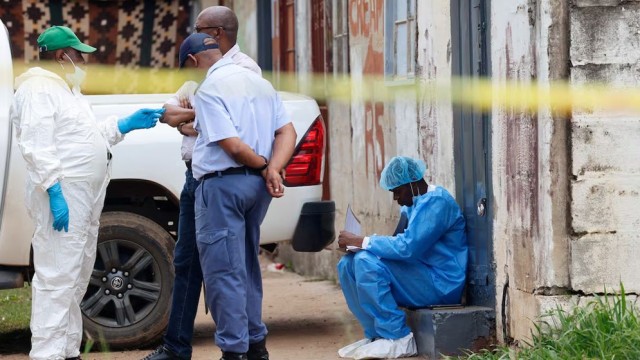



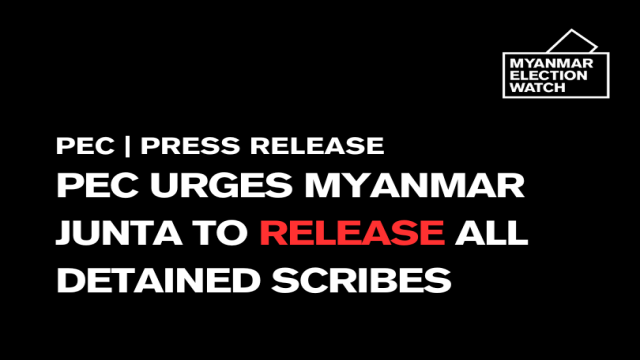

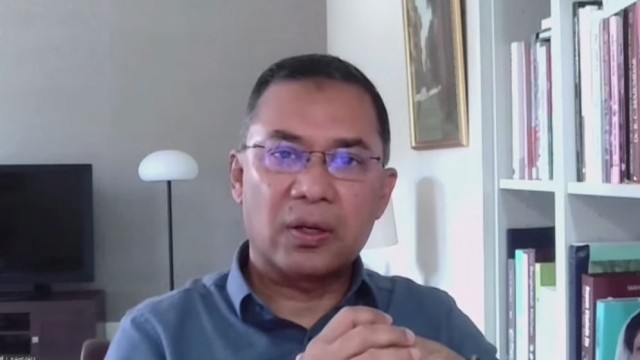
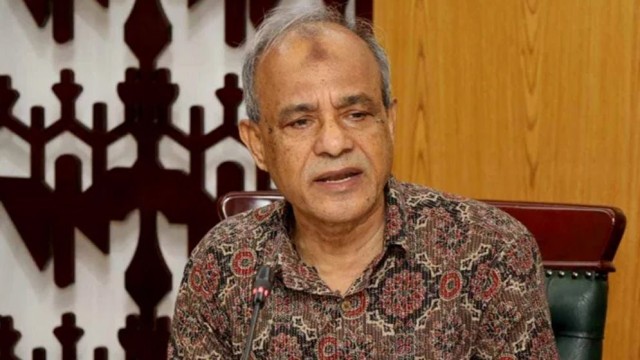

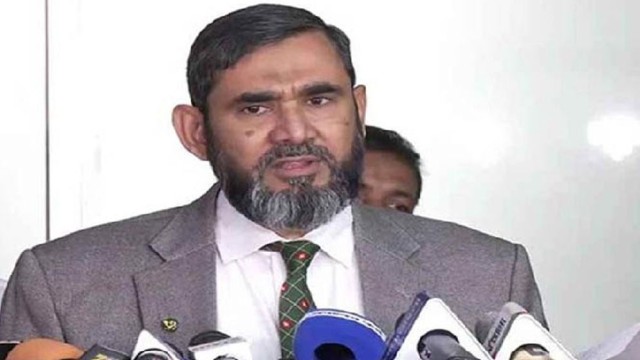

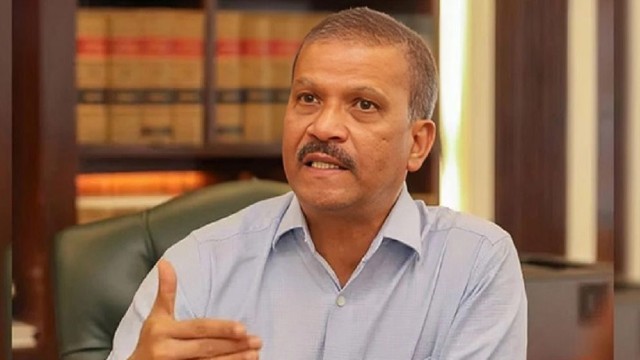
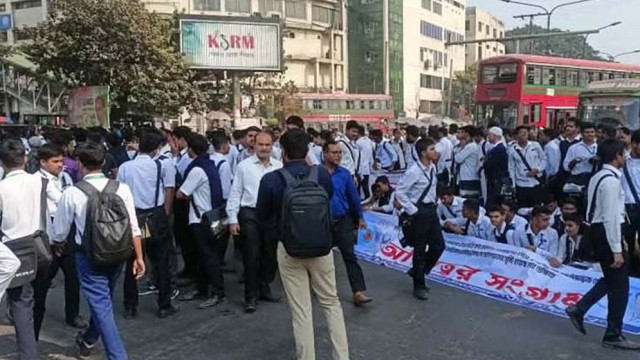
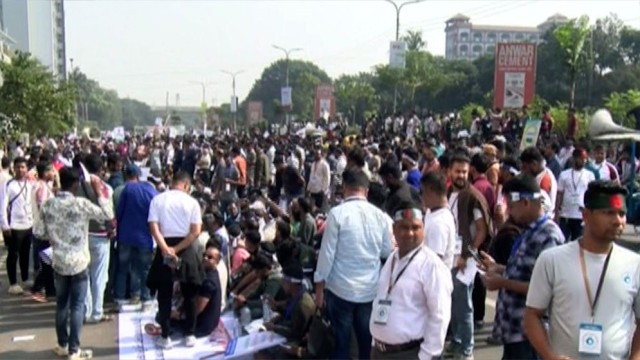



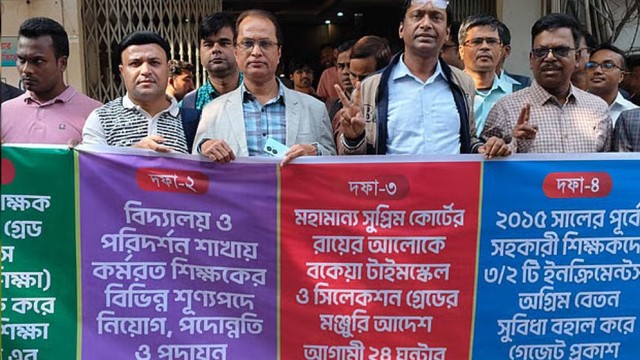
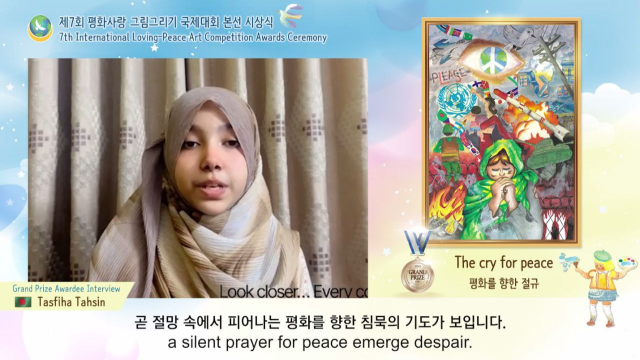



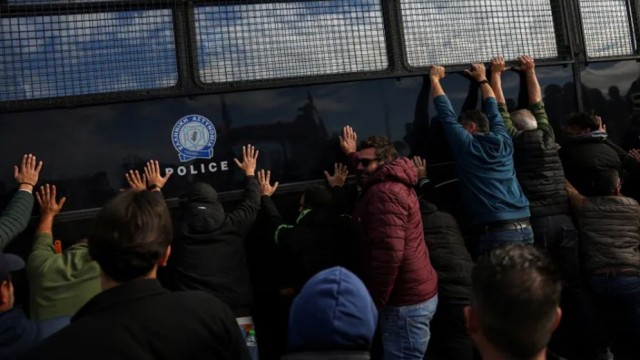



Comment: